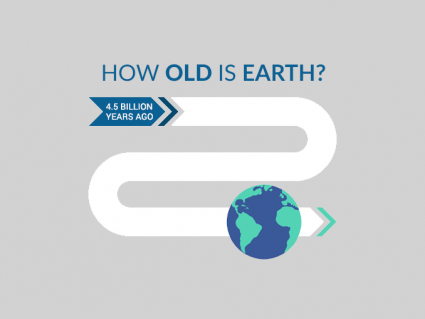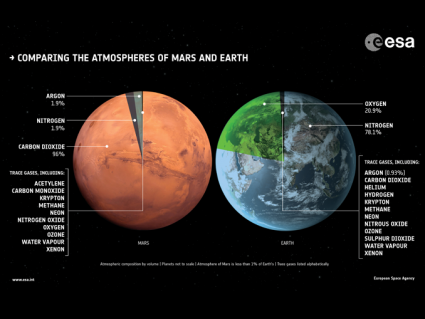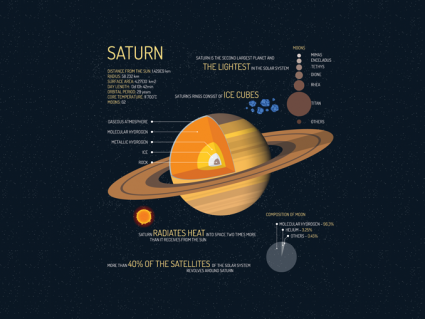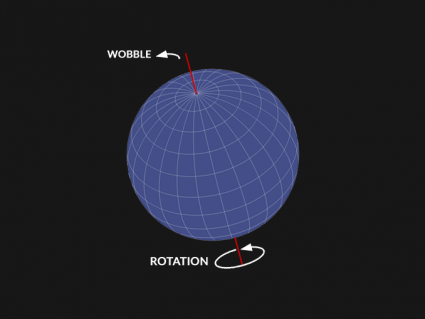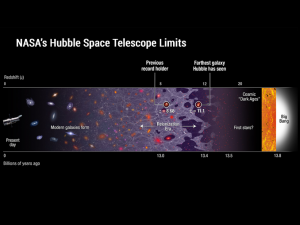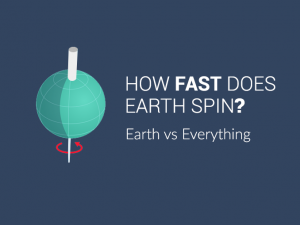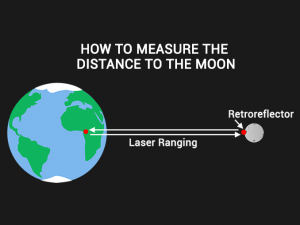7 Red-Hot Planet Mercury Facts [Infographic]

Facts About Mercury
We know the least about Mercury than any other planet in our solar system.
Surprised?
The reason is that it’s so close to the sun that it’s hard to observe it with a telescope. But we still know quite a bit about its composition and topography.
So let’s go through these 7 quick facts about Planet Mercury.
1. We don’t know much about Mercury
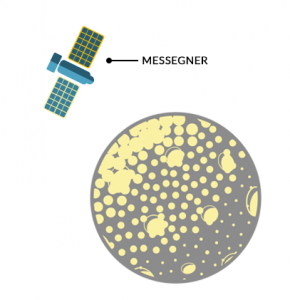
Some say Uranus and Neptune are the least studied planets.
But Mercury is so hard to study because it’s closest to the sun. Actually, telescopes don’t tell much about Mercury.
In 1974, most of our knowledge of Mercury came from Mariner 10. After that, we haven’t seen Mercury for 30 years.
In 2008, Messenger flew by Mercury. Now, we have satellites that orbit the planet.
2. Mercury is the closest planet to the sun
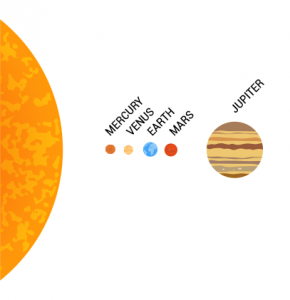
On Mercury, the temperature is at extremes. Mercury is colder than a freezer on one side and twice as hot as an oven on the other.
- EXTREME HOT: At the side facing the sun, it gets as hot as 430°C.
- EXTREME COLD: But on the opposite side of Mercury, it gets as cold as -180°C.
Because Mercury is the closest planet to the sun (57,910,000 km in distance), it has no water. As it’s outside the Goldilocks zone, liquid water can’t persist.
Cliffs on Mercury rise to kilometers in height probably from the planet’s cooling and cracking.
3. Its musician-named impact craters
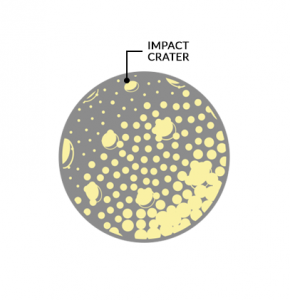
You’ll see craters all over Mercury’s surface. On Earth, our atmosphere burns meteors in the mesosphere as they pass through it. But Mercury doesn’t have this.
CALORIS BASIN: Some impacts are huge like the Caloris Basin at 1550 km diameter. It’s believed these impacts occurred during the heavy bombardment stage.
Craters are named after famous musicians, artists, and writers like Beethoven, Shakespeare, and van Gogh.
Actually, Mercury resembles the moon because of all the space rocks that have crashed into it.
4. It’s the smallest planet in our solar system
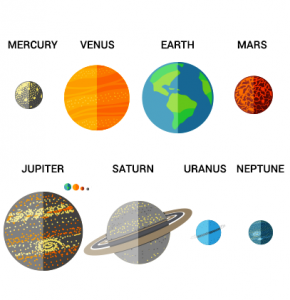
Mercury is the smallest planet in the solar system with a radius of only 2,440 km.
Actually, it’s smaller than Earth’s core but larger than our moon.
Because it’s so small, it also has a weak gravity. This means that it barely can hold onto an atmosphere at all.
If you combined about 18 Mercury-sized planets, it would be the equivalent size to Earth.
5. Mercury’s cometary tail

From Earth, we’ve known for years that Mercury streams a comet-like tail as it orbits around the sun. But we didn’t truly understand the full length of this sodium-sputtering tail from its surface.
Now, scientists have measured this comet-like tail to extend as far as 2.5 million kilometers long! This finding not only deepens our knowledge of Mercury’s complex relationship with the solar wind but also highlights the unique characteristics of this innermost planet in our solar system.
6. One day on Mercury is 59 Earth days
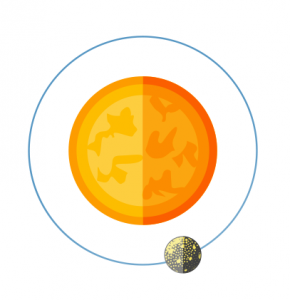
Mercury has a very unusual orbit and rotation. It’s closest to the sun, so it orbits the fastest compared to all planets.
Because of its orbit, one year on Mercury is equal to only 88 Earth days.
Mercury rotates very slowly in comparison to other planets in the solar system.
Because of its slow rotation, one day on Mercury is the equivalent of 59 Earth days.
7. Mercury is mostly made of iron
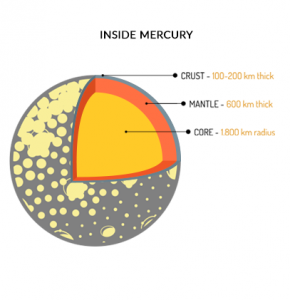
Mercury has an iron core, rocky mantle, and crust.
Because Mercury was formed close to the sun which is hot, it’s mostly iron. This is because it cannot hold onto lighter gases and rocks.
Mercury has a strong magnetic field for its size with a molten outer core like Earth.
Mercury’s atmosphere is oxygen (42.0%), sodium (29.0%), hydrogen (22.0%), helium (6.0%) and potassium (0.5%).
Planet Mercury Facts
From musician-named craters to its long cometary tail, we are just scratching the surface of the planet Mercury.
Not only is Mercury the closest planet to the sun, but it has extremely hot and cold temperatures. Its rotation is so slow that it takes 59 Earth days for one full rotation.
Is there anything that we missed? Let us know with a comment below.



